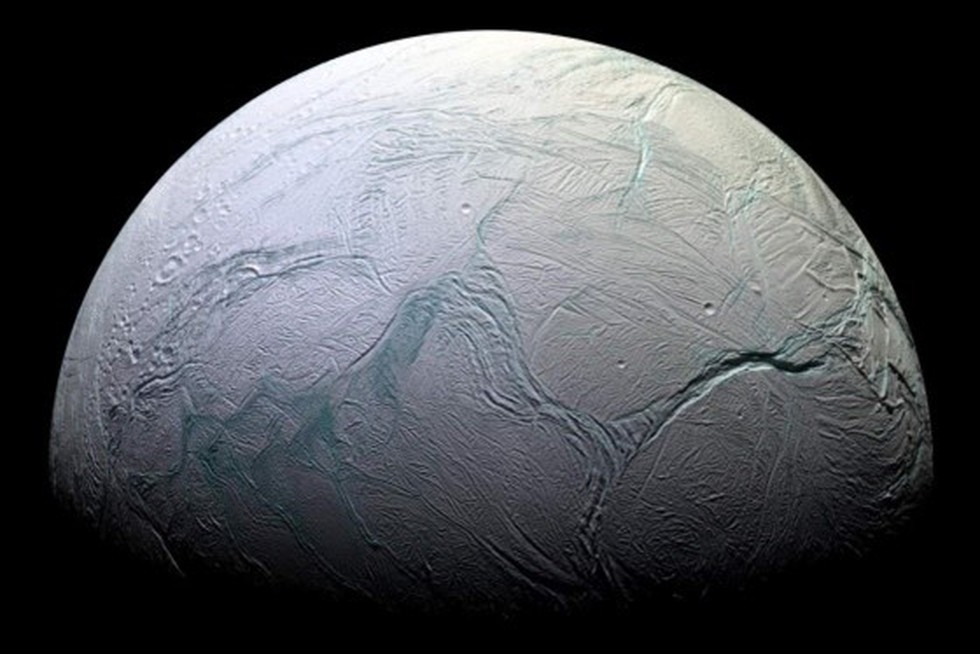About Enceladus:
- It is the second nearest of the major regular moons of Saturn and the brightest of all its moons.
- It was discovered in 1789 by the English astronomer William Herschel and named for one of the Giants (Gigantes) of Greek mythology.
- It is an active moon that hides a global ocean of liquid salty water beneath its crust.
- Its icy surface is remarkably smooth in some places, and bright white all over and it is the most reflective body in the solar system.
Key facts about the Cassini spacecraft
- The mission was launched by NASA in 1997 and orbited Saturn from 2004 to 2017, circling the planet 294 times.
- It measured the structure of Saturn’s atmosphere and rings, as well as how they interact with the planet’s moons.
- It also discovered six named moons and revealed Enceladus and Titan as promising locations to search for extraterrestrial life.
Significance of phosphorous
- It is the fundamental unit of the structure of DNA and RNA.
- Also, it is a vital part of cell membranes and energy-carrying molecules existing in all forms of life on Earth.
